New technologies provide diagnostics and calibration verification to improve maintenance and process efficiency
Because many processes in the chemical process industries (CPI)are controlled by flow, it is important that the technology selected for flow monitoring and measurement is not only suitable for the application, but also able to withstand harsh environments and demanding conditions. Due to the high value of the materials being processed, it’s also imperative that the technology provides the necessary level of accuracy and repeatability. In addition, loss of knowledge and other workforce challenges currently being experienced in industry necessitate that instruments provide diagnostics and other helpful features.
“So many processes in the chemical industry rely upon flow to ensure the right amount of material comes in at the right time for a chemical reaction to properly occur. Choosing the wrong instrument or one with poor accuracy in the application could amount to failure of process or cause unacceptable product loss, resulting in lost revenue,” says Michael Bequette, vice president of engineering with SOR (Lenexa, Kan.; www.sorinc.com). “Therefore, the technology has to be appropriate for the application. Further, flow instrumentation that offers measurement verification and/or diagnostics is trending now because these features help increase accuracy, reduce costs and simplify maintenance.”
Proper meter selection
According to Bequette, selection of the right meter for the application, paying attention to installation practices and knowing your specific process conditions and challenges are key to achieving the most accurate flow-monitoring system. “The first step is pairing the right technology with the process,” he says. “If a magmeter is installed in a fluid that’s not conductive, the meter simply isn’t going to work. The technology has to be appropriate for the application. Beyond that, you want to pay particular attention to the installation practices, because you can purchase the right technology but if you don’t ensure proper installation, you may receive an inaccurate flowrate, no matter the accuracy of the selected meter.”
In other words, different conditions may impact the accuracy of the meter. For example, vibration will render ultrasonic or Coriolis meter measurements inaccurate, but if the flowmeter is placed in a location where the piping doesn’t have much vibration or if dampeners are attached to the pipe to prevent vibration, the reading will be more accurate. “There are a lot of techniques that can be employed when designing the system, but processors have to be aware of how different operating conditions can impact different technologies and their accuracy and proceed accordingly,” says Bequette.
It’s also important to know the specific challenges of the process environment and how they may affect accuracy of the flow measurement. “There are quite a few challenges in the chemical processing industry, including contamination buildup in the lines, high temperatures, corrosive materials, material phase changes, bubbles and dynamic ranges,” explains Bequette. “So it’s important to know the specific challenges in your process and select the technology that can best address them.”
For example, he says dynamic ranges are common in many applications. “You may be measuring a flowrate on a flare stack, but then, all of a sudden, you have an upset condition and the flowrate is twenty times what you typically experience and, depending on the technology used, that flowmeter may not be able to adequately detect very low or very high flow conditions.” Bequette notes that thermal dispersion technology might be the right choice for applications that experience dynamic ranges (Figure 1).
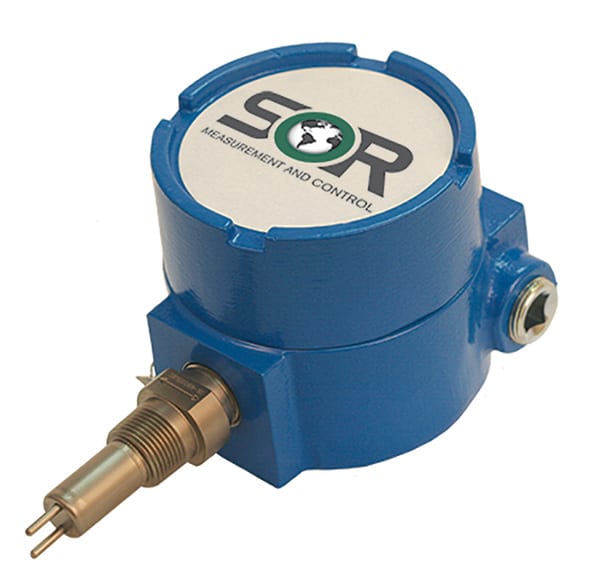
Figure 1: The SOR T21 Thermal Differential Flow Switch can be used for difficult applications, such as upset conditions that normally are running at a very low flowrate to a very high flowrate
SOR
In other processes, multi-phase flow may be an issue, says Wade Mattar, flow marketing manager with Schneider Electric (formerly Foxboro; Foxboro, Mass.; www.schneider-electric.us). “Often they may have liquid and gas mixed in a line — a challenging application — and this may create bubbles in the flow, which further adds to the difficulty in achieving an accurate measurement,” he says. “For these difficult conditions, it’s important to select a technology, such as a Coriolis meter, that can handle them with accuracy” (Figure 2).
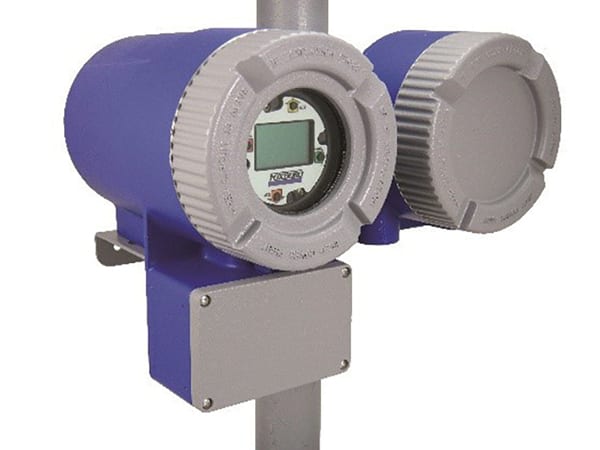
Figure 2. Schneider Electric’s CFT51 Coriolis flowmeter can handle two-phase flows, such as gas and liquid, with accuracy in a chemical process
Schneider Electric
Mattar continues: “Processors often don’t realize that one size does not fit all when it comes to flow measurement. That’s why there is a variety of flowmeter types; each one is designed for a specific type of application and to handle specific process challenges. Selecting the right one for the application and environment will help ensure a more accurate reading.”
High-value products and safety
Accurate readings are a necessity in today’s CPI. “Manufacturers of flow equipment need to ensure that meters and instruments are accurate, because chemical processors are usually working with large quantities of valuable materials and they want to be able to accurately control and monitor them to avoid losses,” explains Adam Booth, product marketing manager — flow with Endress+Hauser (E+H; Greenwood, Ind.; www.us.endress.com).
Schneider Electric’s Mattar agrees: “Accuracy is king in the chemical industry where they are constantly blending streams of different chemicals in very precise percentages, batching recipes for a high-quality final product or transferring product into containers or unloading tank trucks. On top of that, there may be regulatory involvement in the mix and the equipment may be audited to ensure it is accurate.”
Safety, adds SOR’s Bequette, is another area of concern for flowmeter accuracy. “If the flowmeter is not accurate and there is a chemical coming in for a reaction, poor accuracy could result in an unstable reaction,” he says. Cooling water is another example. If enough cooling water isn’t introduced due to an inaccurate flowrate, runaway temperatures, and the hazards associated with those conditions, could result.
Unfortunately, at the same time as the need for greater accuracy is increasing, industry is also going through a period of workforce challenges, including retirement, attrition and associated loss of knowledge, which have led to fewer, less experienced workers taking on more responsibilities. How does this affect flow monitoring accuracy? Accuracy of readings requires calibration verification, and this is a notoriously labor-intensive and costly task, requiring scheduled maintenance. Further, drift may occur prior to scheduled maintenance. When this happens, unless there are experienced operators or maintenance technicians who realize something is “off,” there may be costly product loss or quality issues, or hazardous situations can occur.
Workforce and diagnostics
“Industry is currently struggling with a loss of expertise due to retirement and attrition and losing these experienced people not only limits the knowledge of the rest of the plant, but it puts stress on the workers who are left because they don’t have the history to know how to address the root cause of the problem,” says Mike Klein, vice president of chemical industry marketing with Emerson Automation Solutions (St. Louis, Mo.; www.emerson.com). “Another result is that fewer people are working the plant, so the workload is higher for those who remain. For these reasons, it is imperative that the devices provide trustworthy, accurate and reliable data that really allow the users to have a good decision-making process.”
To assist, providers of flow measurement devices are working to provide instruments that offer helpful features, such calibration verification and diagnostic capabilities.
“There is a lot of innovation at the flowmeter level in making the meters more reliable and accurate because a measurement a user doesn’t trust is a useless measurement,” says Schneider Electric’s Mattar. “So the current trend includes providing on-board verification of accuracy and health of the measurement.”
For instance, in its Coriolis meters, Schneider Electric offers flowmeter verification technology that alerts users if the instrument has varied from its as-built performance. “Users can check on a scheduled frequency from the instrument itself whether the device is still working as designed,” explains Matter.
Before such capabilities, the only way to verify a flowmeter was to remove it from the process and send it out to have the calibration verified. Randall Brown, director of marketing with Fluid Components International (FCI; San Marcos, Calif.; www.fluidcomponents.com) says verification technology, such as FCI’s VeriCal, provides several benefits (Figure 3). “Having a built-in, in-situ check that can be performed on demand or on a timed basis allows users to verify that the instrument is still as accurate as when it was shipped from the factory,” he says. “The big benefit here is that they don’t have to pull it out of the process, replace it with a spare and send it back to the factory to have the calibration verified. That procedure was very labor intensive, time consuming and costly and resulted in downtime. And, often users discovered that the device was still within calibration! So, there is an obvious time and cost savings associated with in-situ verification capabilities.”
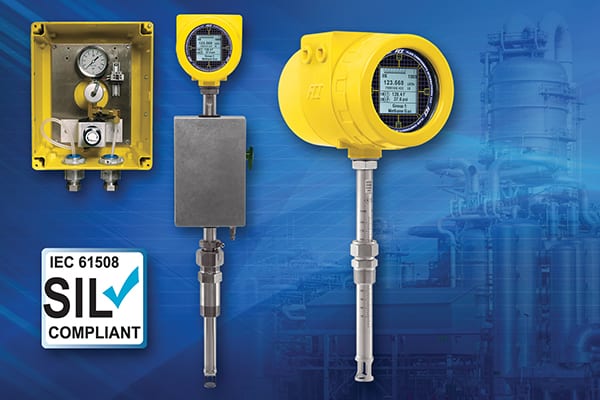
Figure 3. FCI’s ST100 Series thermal mass flowmeters offer an embedded no-cost dry method and a true wet method in-situ calibration verification
Fluid Components International
Likewise, E+H has self-diagnostics, called Heartbeat, built into its meters. “The devices are constantly monitoring their own health and have a verification aspect,” says Booth. “A user can start a verification on demand and the meter will check the sensor and check the associated electronics, and when the verification report is complete, provide a PDF report showing what it tested and whether the device passed or failed.”
Howard Siew, industry manager — chemical, with E+H adds: “Heartbeat technology also enables users to trend data so they will be able to recognize if there is corrosion, erosion or build up and plan for maintenance before there is an issue” (Figure 4).
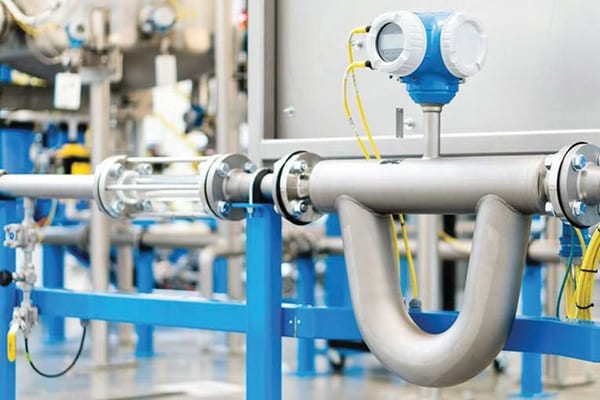
Figure 4. Endress+Hauser’s Promass Q Coriolis flowmeter features on-board diagnostics and Heartbeat Technology to ensure product and process safety
Endress+Hauser
“This level of intelligence, coupled with realtime and in-process measurements, allows users to get more insight out of the instruments and allows the instrument to be viewed as a window into the process, giving users the ability to plan out a maintenance schedule or determine how often the device should be pulled out for cleaning to minimize unplanned shutdowns,” continues Nathan Hedrick, national product manager — flow, with E+H.
Often, this intelligence is coupled with applications (apps) that are accessed via Bluetooth to provide information from remote locations, says Robert Childs, strategic account manager with A.W. Lake (Oak Creek, Wis.; www.aw-lake.com). “With Bluetooth connectivity and a mobile app, this type of diagnostic information can be displayed in the palm of the users hand via their phone or tablet. Set up of the instrument can also be performed from the mobile device instead of on the face of the unit,” he says. “It can also be arranged so that reminders regarding calibration and maintenance schedules can be sent through the app to the user” (Figure 5).
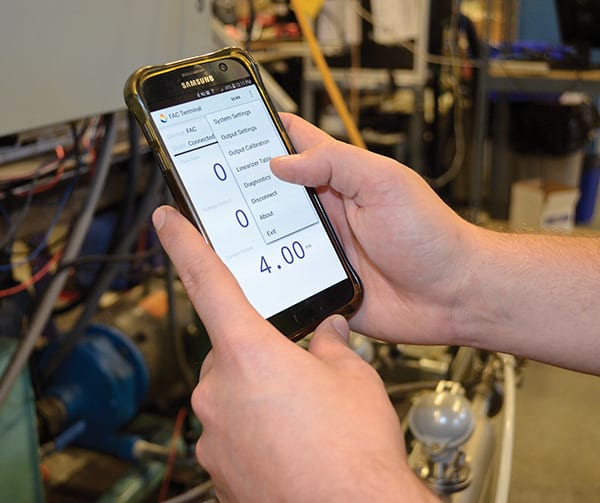
Figure 5. A.W. Lake’s FAC sensors are equipped with Bluetooth connectivity, allowing them to send diagnostic and other information to mobile devices
A.W. Lake
Emerson’s Klein agrees: “This is where you really start to see the industrial internet of things (IIoT) and digitalization come into play. The latest versions of electronics provide more functionality because they are able to send out more than just the primary variable and then send it to a central management system that can identify the device’s health over time. And, if it’s tied into an app, such as Emerson’s Insight, the platform can give users ideas about the root cause of any problems.”
This means, instead of an engineer having to look at variables and trend and graph them, the software in the app does the work for them and suggests that the issue could be, for example, two-phase flow and then offers suggestions on how to remedy the situation.
“Using devices that are rich in diagnostics not only for the device, but also for the process, not only allows processors to perform maintenance in a predictive way versus preventive, but also helps alleviate the workplace challenges, such as less experienced workers, they are currently experiencing,” says Klein.